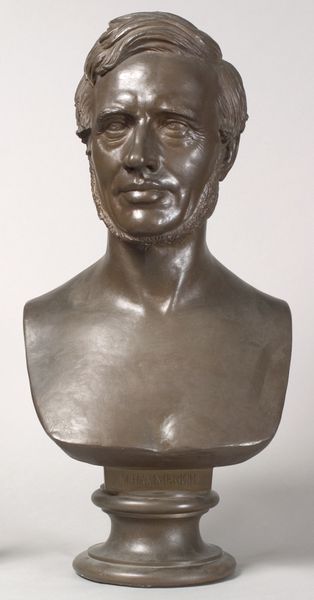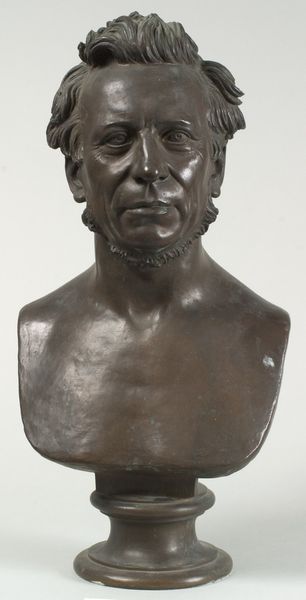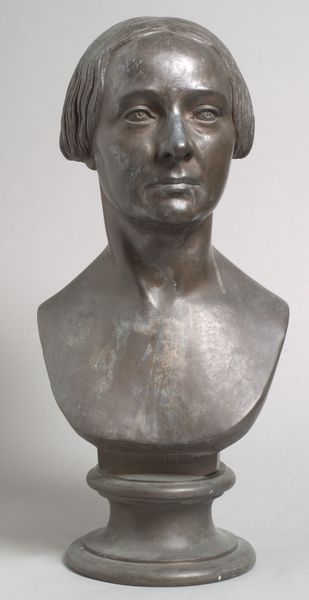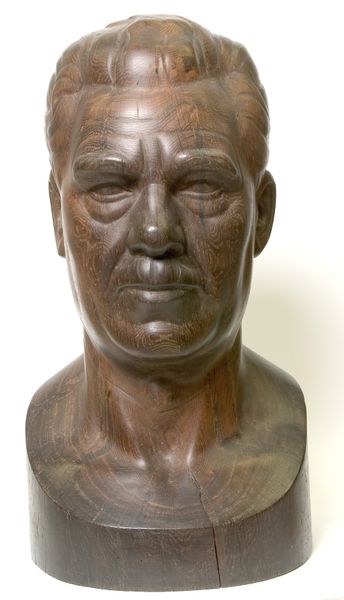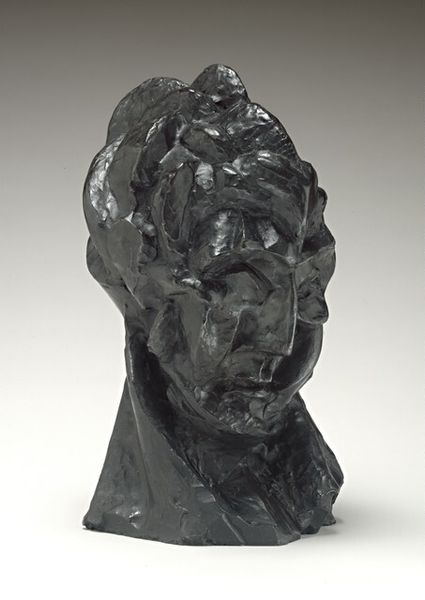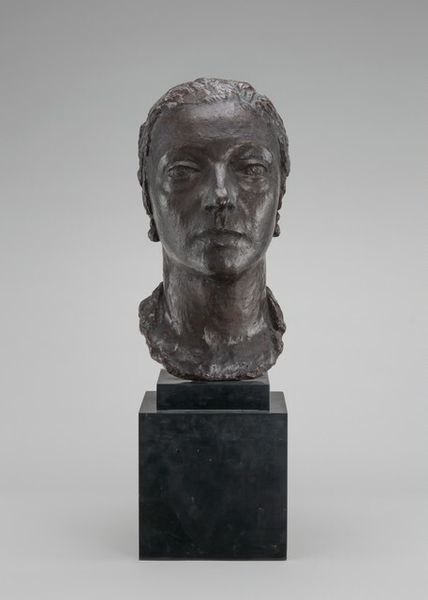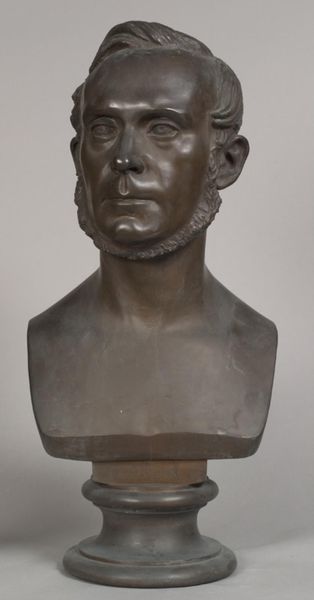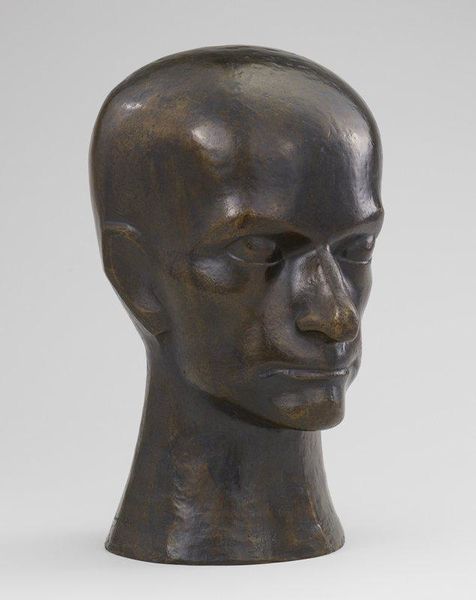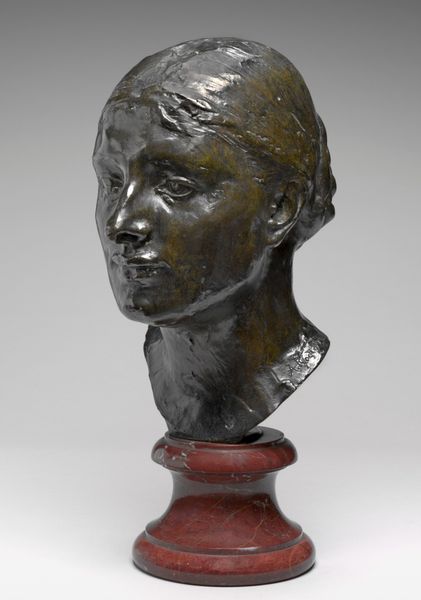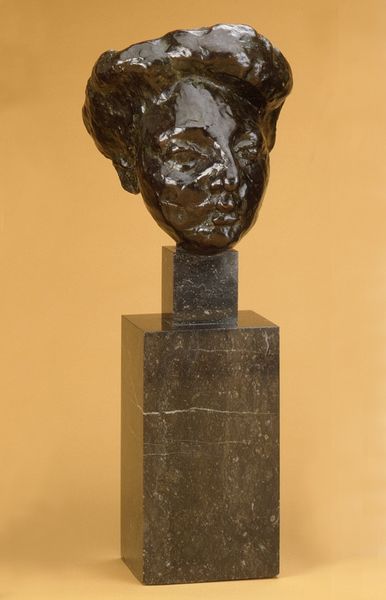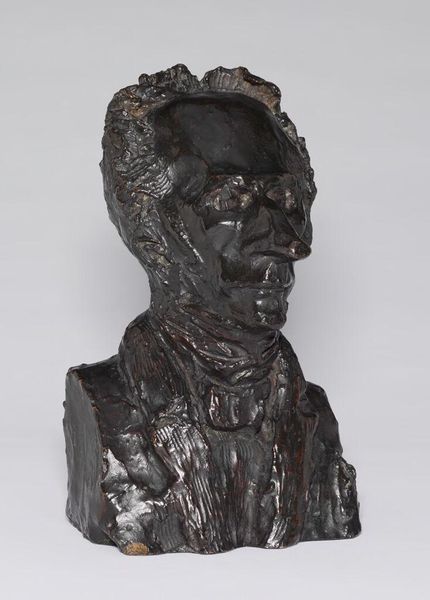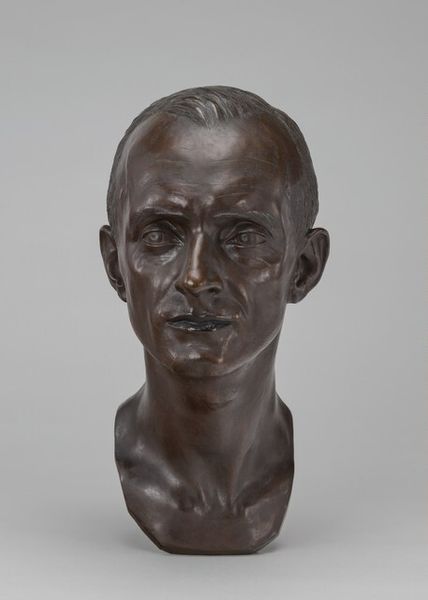
Dimensions: object: 445 x 229 x 235 mm, 13.6 kg
Copyright: CC-BY-NC-ND 4.0 DEED, Photo: Tate
Editor: So, this is Henri Gaudier-Brzeska's bronze sculpture, "Major R.H. Raymond Smythies." The way the light catches those rough textures is amazing. What do you see in this piece, beyond just a portrait? Curator: For me, it's the tug-of-war between representation and raw feeling. It's as if Gaudier-Brzeska is trying to capture the Major's very essence, that spark of life, with hands still covered in clay. Don’t you feel that tension? Editor: I do, actually. Almost like the Major is straining to be seen. Thank you, that was incredibly helpful. Curator: My pleasure! It’s always a delight to see art breathe new life into perception.
Comments
tate 8 months ago
⋮
http://www.tate.org.uk/art/artworks/gaudier-brzeska-major-rh-raymond-smythies-t01492
Join the conversation
Join millions of artists and users on Artera today and experience the ultimate creative platform.
tate 8 months ago
⋮
Gaudier-Brzeska was born in France but spent most of his career in Britain, where he became a leading figure in the Vorticist movement. Major Raymond Smythies (1860-1939) was an officer in the Prince of Wales's Volunteers who retired from the Army in 1903. He was extremely pleased with this portrait, which emphasises his military bearing and combative expression. Gaudier-Brzeska was to develop a form of Cubist-influenced sculpture inspired by so-called primitive art in which forms were dynamically simplified. But in this bust, a posthumous cast, the principal debt is to the expressive modelling of Rodin, whom Gaudier-Brzeska also revered. Henri Gaudier-Brzeska was born in 1891 in St Jean de Braye, near Orléans, in France. He died in battle at Neuville-Saint-Vaast in France in 1915. Gallery label, August 2004
